The domestic tourism market is experiencing a shift in 2025. Skift reported that U.S. hotels saw softer performance in July and into August. And according to MPI’s Meetings Outlook, only 47% of planners expect favorable conditions in meetings ahead—an increase from 31% last quarter but far below the 68–78% average. The trends contributed to the lowered U.S. hotel growth forecast for the remainder of 2025 and into 2026 by CoStar & Tourism Economics last month and STR Weekly Insights continues to track declining RevPAR for U.S. hotels.
Throughout my twenty-year career, I’ve witnessed these challenges firsthand. My experience includes working at a resort during the 2008 recession, which led to bankruptcy, acquisition, and reimagination. Later, as Vice President and Chief Marketing Officer of a Florida DMO, I navigated the complexities of the pandemic. These shifts, whether linked to the plateauing post-pandemic highs, consumer economic and geopolitical unease, or reduced international visitation, present a clear challenge: DMOs have to decide if they get lean or lean in.
When the occupancy rates decline, room rates often follow. A period of limited growth or slight decline often prompts decision makers (often not at the DMO level) to adopt a conservative approach. They may cease spending, cut the budget, and pull back, only to wonder why they see increased signs of decline. Then there are the bold, who decide when times get tough, they’re going to lean in and trudge uphill despite the headwinds. Such bold decisions aren’t without risk and are often easier said than done.
As stewards of public funds, DMOs have a responsibility to be prudent with their budget, but they also have a duty to lead through difficult times. Here are five strategies for leaning in while simultaneously maintaining fiscal responsibility:
- Avoid Impulsive Decisions – Overly reactive responses can cost you more than you save. Carefully consider the potential ramifications of reducing momentum precisely when it’s most needed. Implement gradual adjustments in whichever direction you decide to move, not to cause unnecessary waves.
- Embrace Balance for Stability – Take a balanced approach to all you do – budgeting, channel allocations, and staff’s efforts. The goal is to ensure steadiness. Like walking a tight rope, maintain the agility to adapt to market shifts, but avoid leaning too far in any single direction.
- Weigh Long-Term Impact of Short-Term Choices – Those quick to react to the first signs of slowdowns may address immediate budget concerns, but they often forget that tourism, especially group and meetings business, is a long-term game. Marketing cutbacks made today can negatively affect future business for years to come. Long after the economy and industry have settled, you may still experience the impact of your short-term decisions. No one wants to explain to a board and stakeholders why the destination is not sharing in the success and recovery that your competitors are experiencing.
- Drive Bookings with Visibility – During economic uncertainty, travelers and planners are hesitant to hit the “book” button. They, too, are more conservative when it comes to planning – often making last-minute decisions or staying closer to home to reduce the overall travel costs. Many destinations will change their target markets to a more regional audience and promote offers that encourage the decision makers to take the plunge. Whatever shifts in marketing strategy you make to align with current conditions, just remember that consumers cannot book what they cannot see. Is going dark on your marketing a strategic maneuver or simply a knee-jerk reaction?
- Fuse Creativity & Strategy – A conservative approach to challenging times can create the perception that there is no room for creativity, and that all decisions must be data-driven strategic tactics. However, creativity can be one of your most strategic plays. And creativity without strategy is merely an artistic effort. Don’t limit your work or succumb to the pressure. Foster creativity and let new ideas form the foundation of your strategy.
If your team or destination is struggling with the challenge of whether to get lean or lean in, let’s connect. We can discuss strategies to transform these headwinds into tailwinds, propelling you forward.


